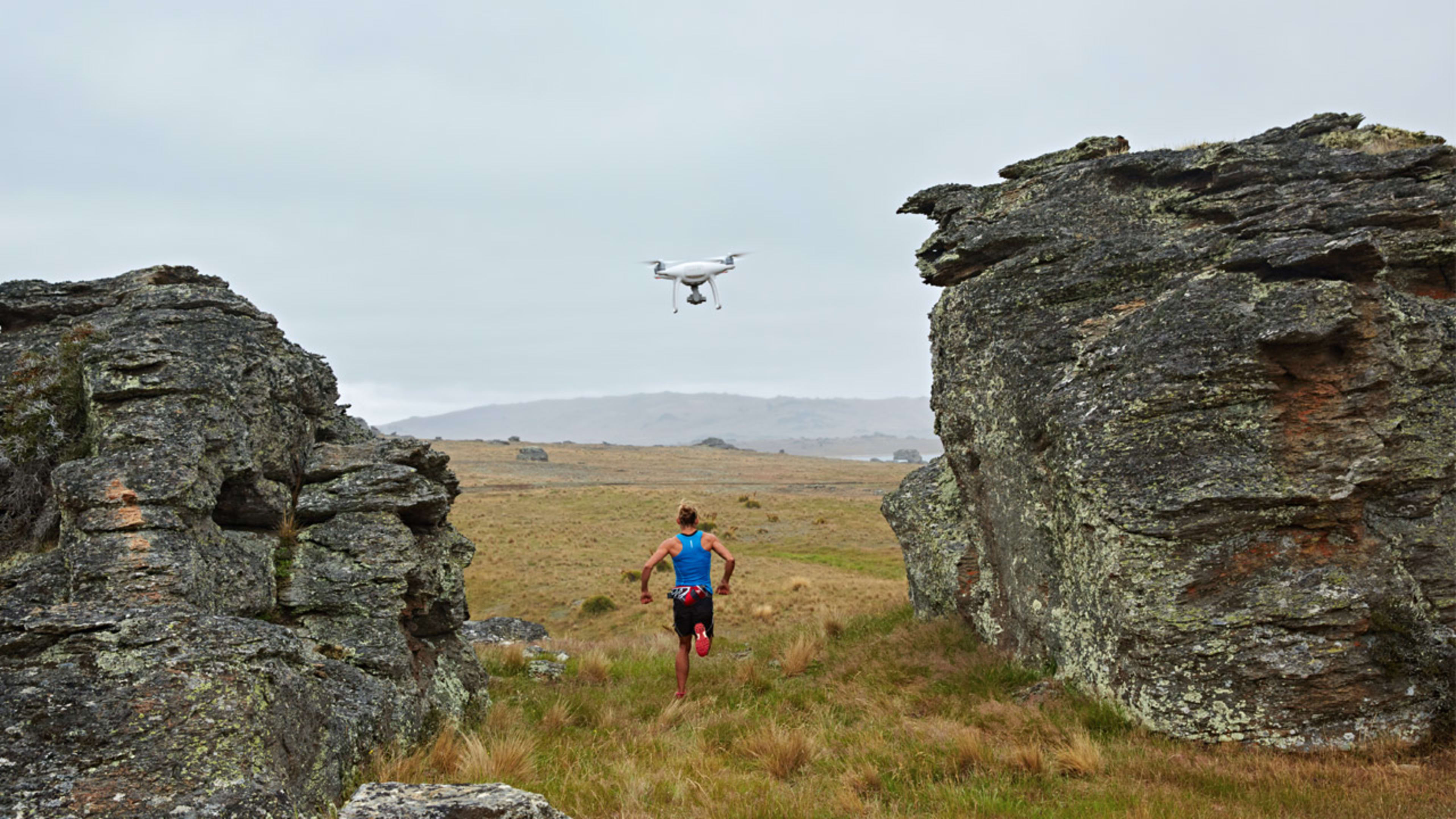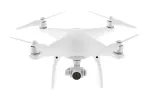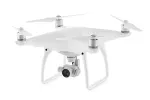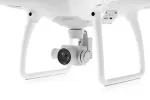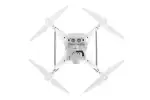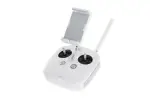DJI, the world’s-largest maker of consumer drones, today unveiled the Phantom 4, the latest model of its best-selling quadcopter line. The $1,399 “flying camera” includes new obstacle-avoidance, follow-me, and tap-to-fly features, as well as a battery offering up to 28 minutes of flight and an improved 4K camera.
The new drone replaces the Phantom 3 Professional, which DJI will continue to sell and support, and which now costs $999, as the company’s top-of-the-line consumer model.
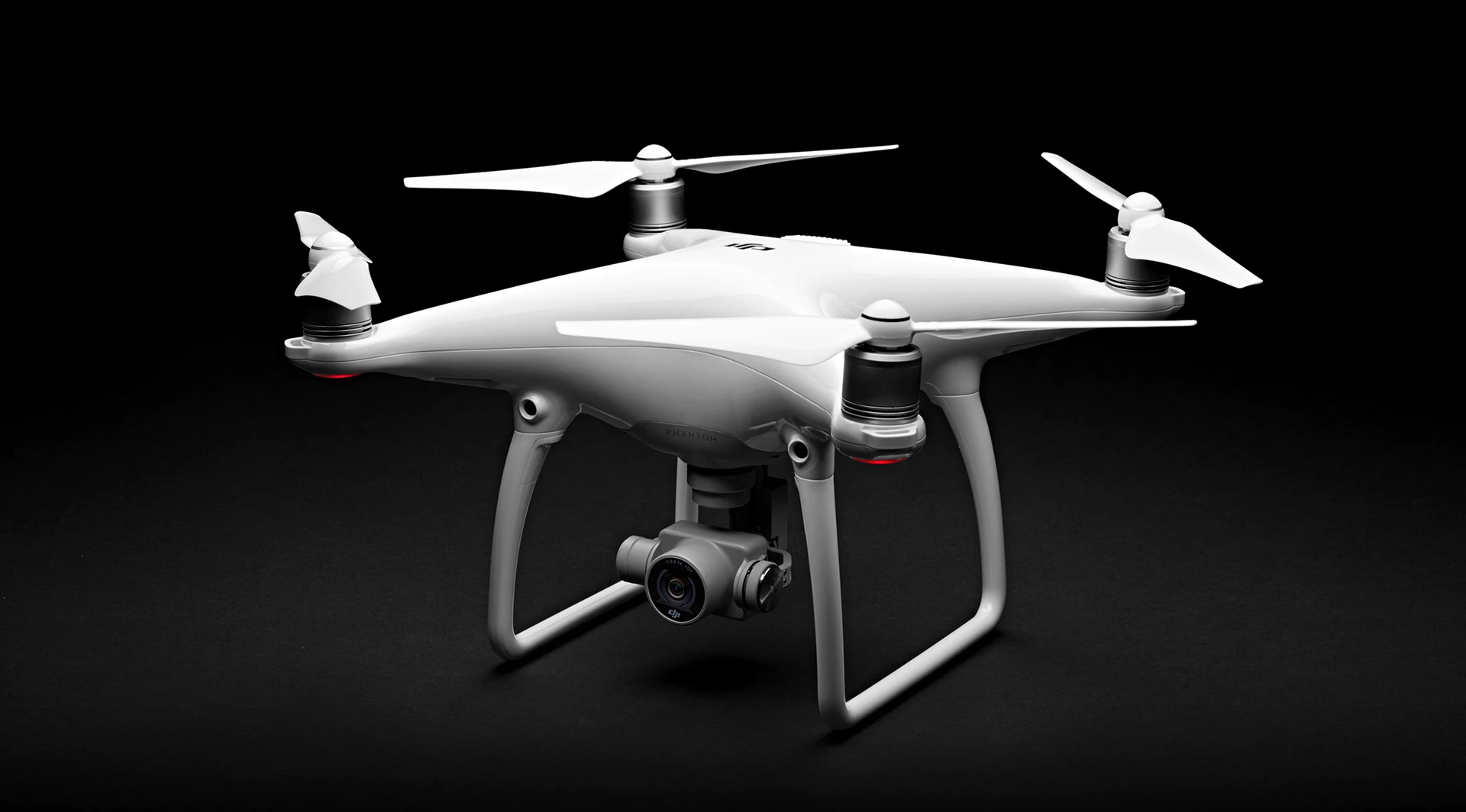
The Phantom 4 is available for pre-order starting today, and will start shipping on March 15. Between March 15 and March 28, it will be available exclusively at DJI’s flagship stores in Seoul and Shenzen, China, and at Apple stores around the world. Pre-orders through other DJI-authorized outlets begin March 23, with availability starting April 1.
While DJI has become the best-known consumer drone maker over the last couple years, outpacing rivals like 3D Robotics, Parrot, and others, some of those competitors have surpassed the Phantom line’s feature set with the ability to avoid obstacles, autonomously follow the user around, and more. Clearly, the Phantom 4 is meant to address the line’s features shortfall.
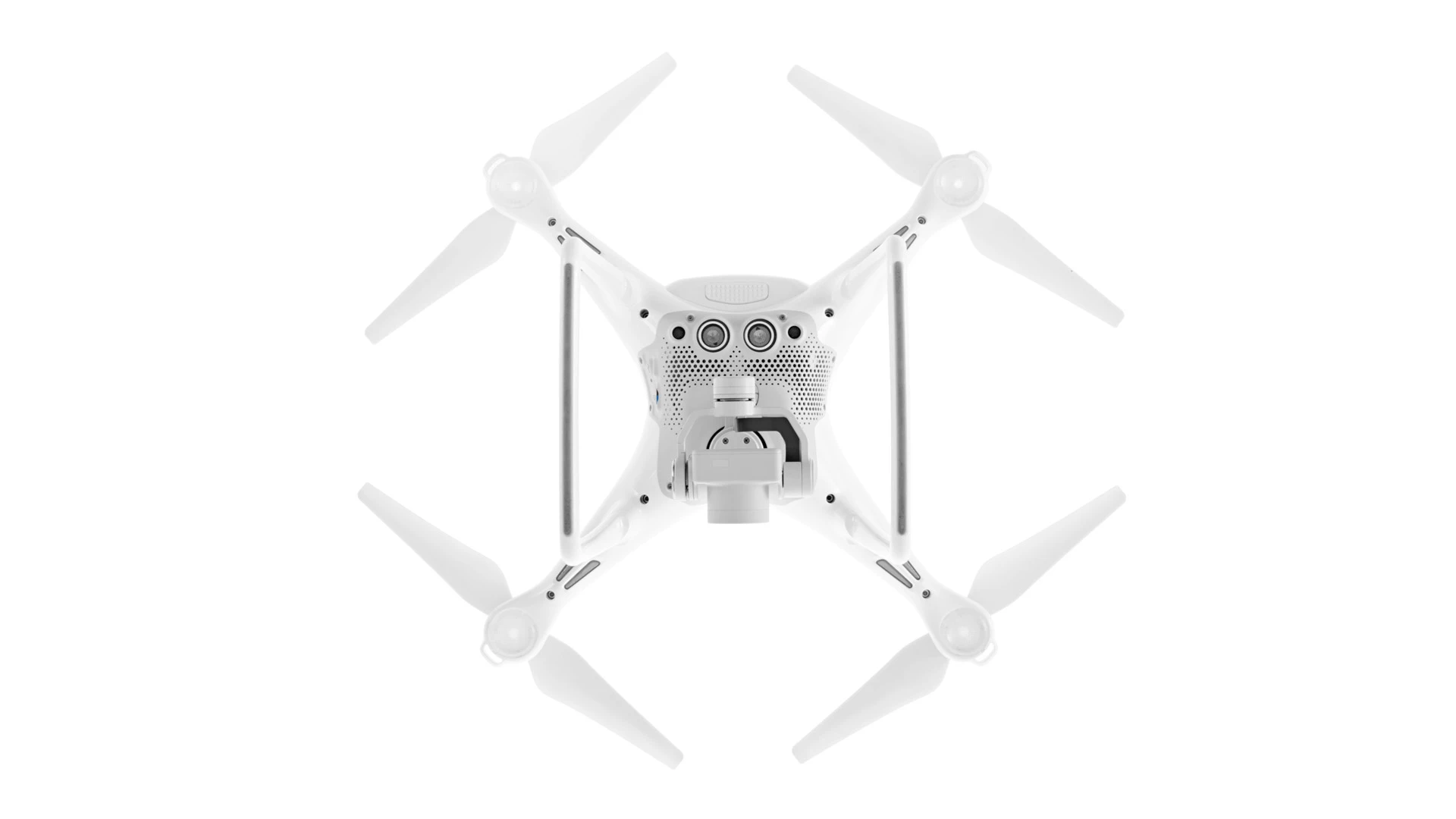
The Phantom 4 has five optical sensors that allow it to see, and avoid, potential obstacles. This is one of the most important type of features in new drones, given that many inexperienced users quickly fly their quadcopters into things like trees. The Phantom 4’s system is designed to sense an obstacle, and then automatically route the drone around it, if possible. If not, it will slow and hover in flight and wait for the pilot to redirect it.
The drone also has what DJI calls ActiveTrack, which is essentially its follow-me feature. With this tool, a user running the DJI Go app on either an iOS or Android device can tap on a person or subject on the screen–thanks to being seen by the drone’s 4K camera–and the drone will then keep that subject in the center of the shot, even as he or she moves around. The company says the feature is ideal for taking “perfectly framed shots” of things like cars, bikes, or people on foot.
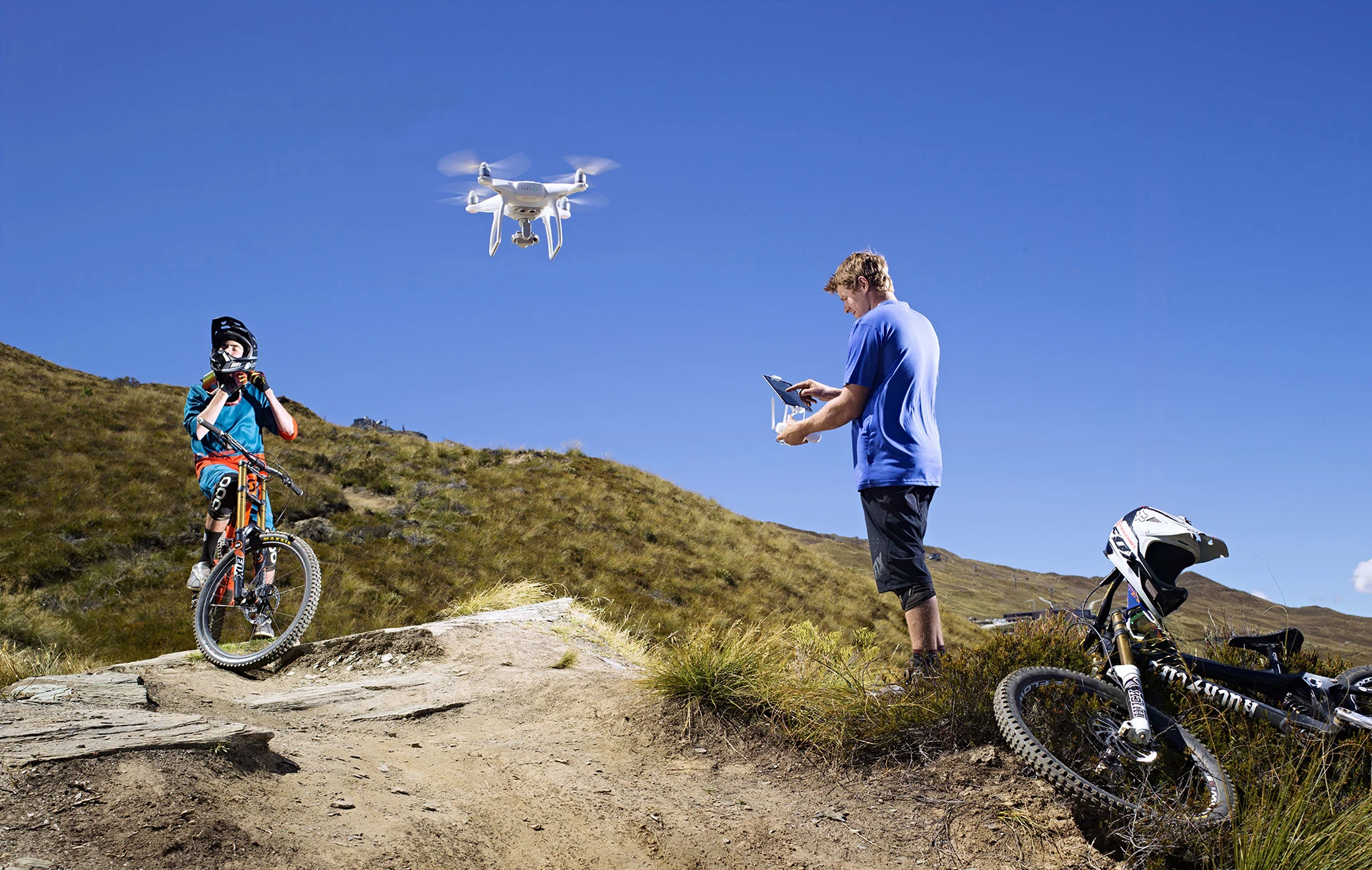
DJI designed the ActiveTrack feature to work even if the subject changes shape or turns. No matter what, the user keeps control of the camera and can do things like circle the drone around the subject while they’re in motion, keeping the subject in the center of the frame the whole time.
With TapFly, users can tap a destination on the screen, via the DJI Go app, and the drone will fly to that spot, avoiding obstacles as it gets there. The user can also tap a new destination while the Phantom 4 is in flight, and it will head to that direction instead.

The Phantom 4 features a redesigned 4K camera that offers users things like better corner sharpness and reduced chromatic aberration–a common problem that occurs when a lens can’t bring all colors into the same focal plane. The Phantom 4 also has a newly designed gimbal that offers better stability and vibration dampening than that of DJI’s previous drones. It has also been repositioned on the Phantom’s body for a better center of gravity, the company said, as well as to lessen the chance that the drone’s propellers will appear in a photograph or video.
DJI recently dropped the price of the Phantom 3 Professional from $1,299 to $999, a move that Fast Company was first to report, and which was clearly aimed at helping retailers get rid of existing stock of the drone. Now, with the Phantom 4 priced at $1,399, there’s enough of a difference in cost between the two quadcopters to ensure they’re seen as being in different price categories.
The Phantom 4 weighs in at 3.04 pounds, and can fly up to 44.7 miles an hour. The Phantom 3 Professional tops out at 35.7 miles an hour, and has a maximum flight time of 23 minutes.
DJI is also offering its new insurance plan, known as DJI Care, to Phantom 4 customers. Launched last week, the zero-deductible program covers loss or damage to a drone, even in the case of user error. Six months of coverage for the Phantom 4 runs $229, and a year goes for $299.
Recognize your brand’s excellence by applying to this year’s Brands That Matter Awards before the early-rate deadline, May 3.
